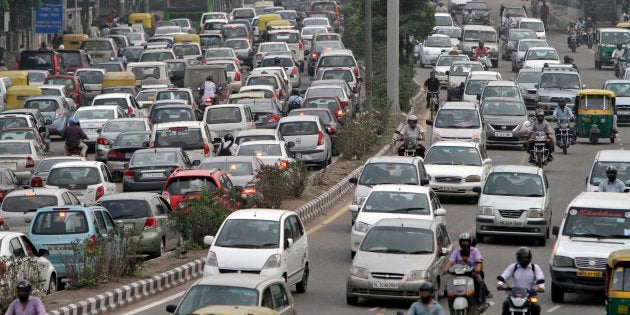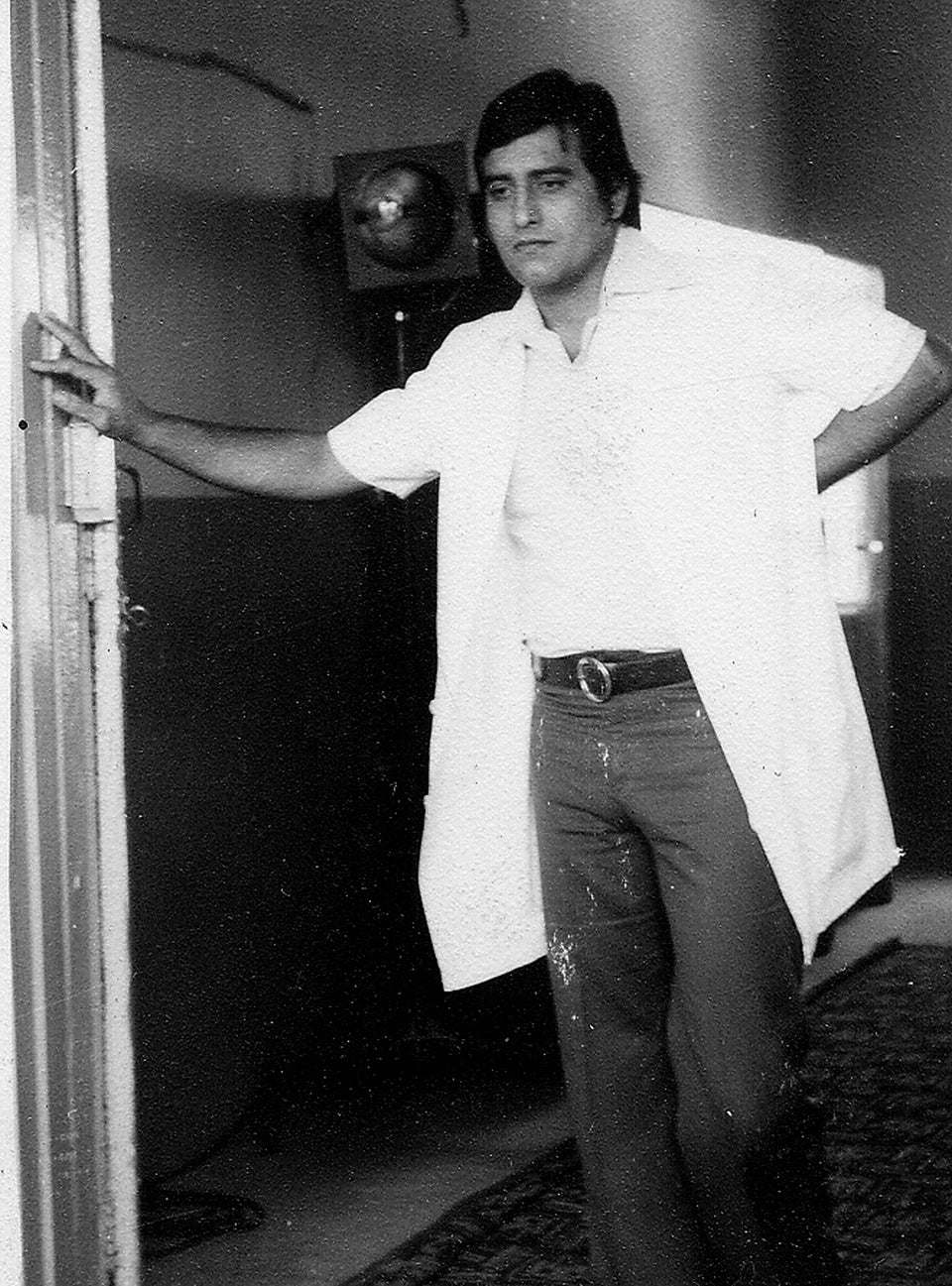
CEAT tyres hit the nail on the head with their funny, witty, and thought-provoking "Be Idiot Safe" ad – if you haven't watched it already, watch it here. As life moves from being 24 hours to 140-characters, our attention spans have shrunk to the duration of that commercial—30 seconds, and no more. And so, like most of you, I watched, I laughed, and I moved on, but not quite.
Thought: how can we be better drivers, if we don't have better driving teachers? Why is it that we've moved from feature phones to smartphones, but we continue to rely on archaic training methods for driving?
Not exactly.
Not too long ago... a pot-bellied, sleepy, semi-skilled instructor would give you a textbook lesson, and follow that up with a few near-death experiences on a rickety car, driven on a busy road.
Not too long ago, driving training was a four-day affair (seven, if you were lucky). A pot-bellied, sleepy, semi-skilled instructor would give you a textbook lesson, and follow that up with a few near-death experiences on a rickety car, driven on a busy road. Today, I'm happy to report, the story is a different one – and we have technology to thank for this.
Here are 5 ways that technology is driving a much-needed change.
1. Simulators to help you try and err faster
The introduction of simulators, which are an assimilation of vehicle controls and its environment, have enabled learners to anticipate and react correctly in critical situations. Simply put, you can experience how is it to drive through a foggy road, or deal with multiple potholes simulated with the multiple screens in front to resemble a real life driving situation via 3D imagery. Today, RTOs in Kanpur have made it mandatory for all driving schools to use simulators for driving training; while cities like Dehradun, Lucknow, Varanasi, Ghaziabad, Bareilly and Noida will be using simulators for conducting driving tests.
2. Instant feedback
First introduced at the Institute of Driving and Traffic Research at Bahadurgarh in Haryana, Aritra is a "camera-based image processing technology" which gives real-time feedback during driving training. The progress and performance is recorded through this geo-mapping and image sensing technology. Which means, if you have a proclivity towards taking sharp turns that may not be very safe, the technology will not only point that out to you, but also study the rest of your turns and monitor your improvement.
3. No jugaad
Technology-based driving training gives true and complete feedback, and tech-enabled driving tests mean less human intervention which ensures fair practices and treatment across students. For instance, an RTO in Vadodara, Gujarat introduced a sensor-based automated testing system for drivers applying for licenses. Since the introduction of this automated test, the pass percentage saw a sharp drop, from 100% to 40%. In a nutshell, you need to earn your keep.
4. Safe, not sorry
Nervous about learning how to drive? The cars at driving schools now have mandatory dual control kits, which provide access to a second set of pedals that control the brake and clutch. These kits are reliable and certified for ensuring the safety of the learner as well as the instructor. Well, goodbye to the jitters.
5. A better experience
Textbooks are passé. Multimedia is in. As attention spans drop, technology, multimedia, audio and video content can help hook the interest of young students in a language and style that they understand and absorb better and faster. Learning can be more experiential, less conversational.
Not bad, eh?
